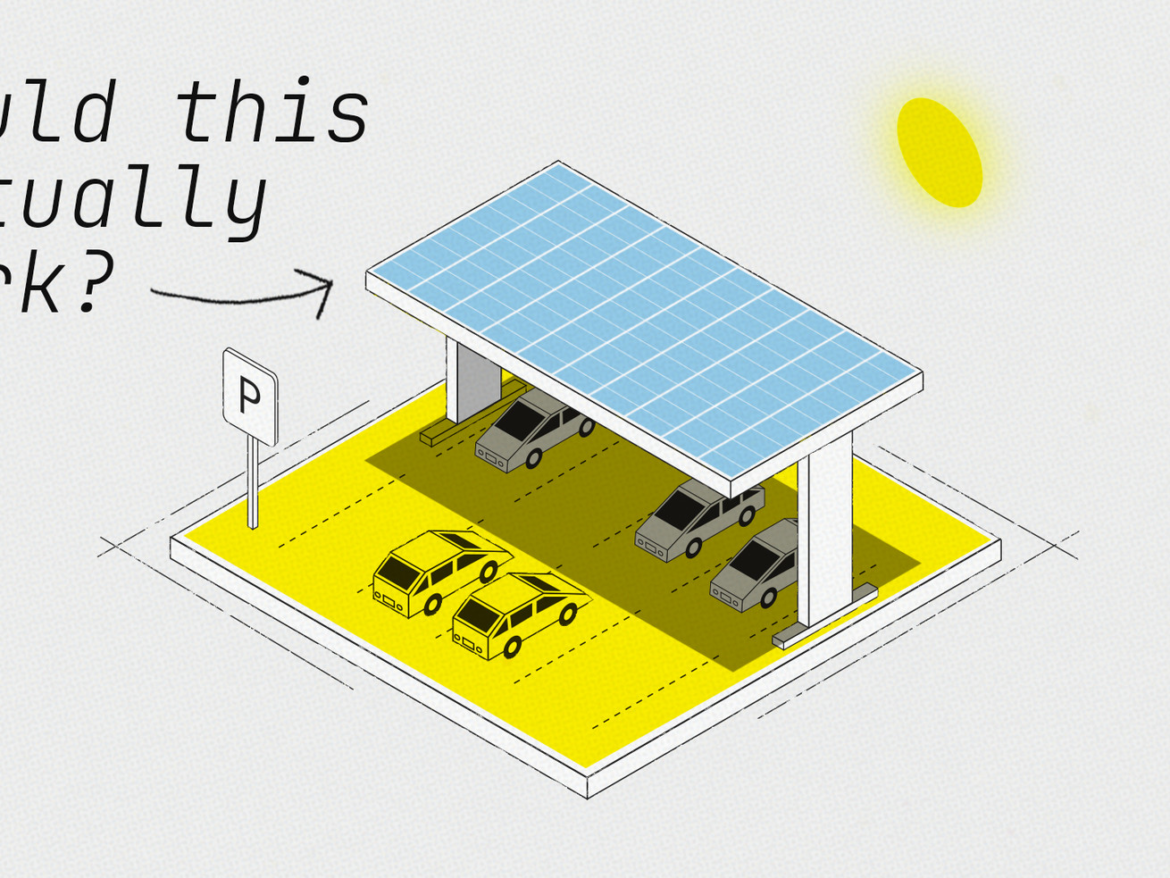Why haven’t we covered them in solar panels?
In 2021, President Joe Biden set an ambitious climate goal for the US to reach net-zero carbon emissions economy-wide by 2050. And as part of the transition to renewable energy, the country has drastically ramped up production of solar over the past few years. But that’s led to a new problem: finding enough land on which to put solar panels.
The easiest and cheapest places to install solar panels are often large, undeveloped plots of land. It’s why, in many places across the country, we’ve seen rural areas — including fragile desert ecosystems and valuable farmland — turned into solar farms. Many local residents and conservationists have protested these rural solar projects for a variety of reasons: Some want to keep natural views; others want to retain space for agriculture or aim to preserve biodiversity. Solar will likely play an important role in the country’s move away from fossil fuels, but is there a smarter way to do it that doesn’t require taking up so much rural land?
In the video above, we explore one option that could help: parking lots. Solar photovoltaics researcher and professor Joshua Pearce goes into the data on how placing solar canopies over parking lots could be a worthwhile investment for many cities. And as more countries, like France, are moving toward retrofitting parking spaces with solar, we look at what it could mean in the US.
This episode is presented by Delta. Delta doesn’t have a say in our editorial decisions, but they make videos like this possible. For more information, visit www.delta.com/sustainability.
You can find this video and the entire library of Vox’s videos on YouTube.
